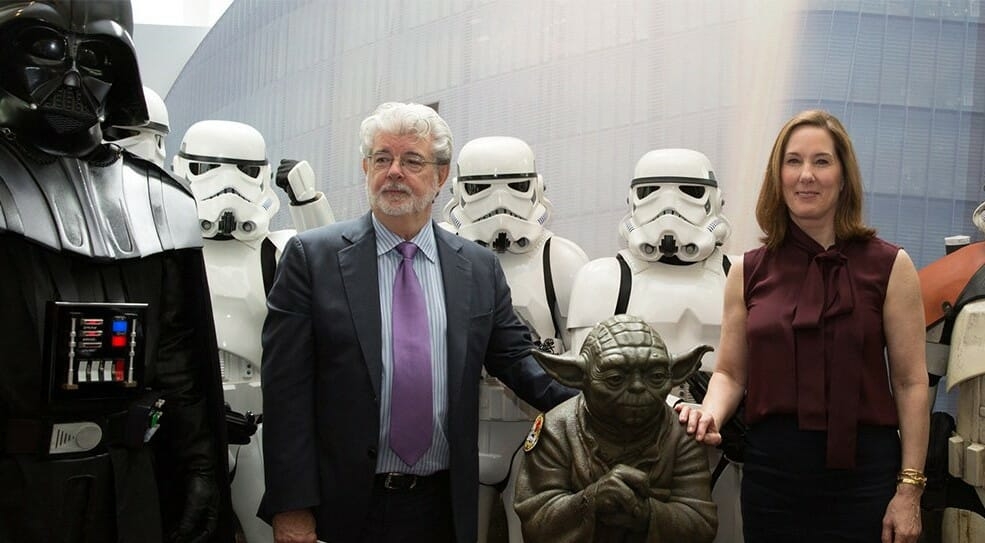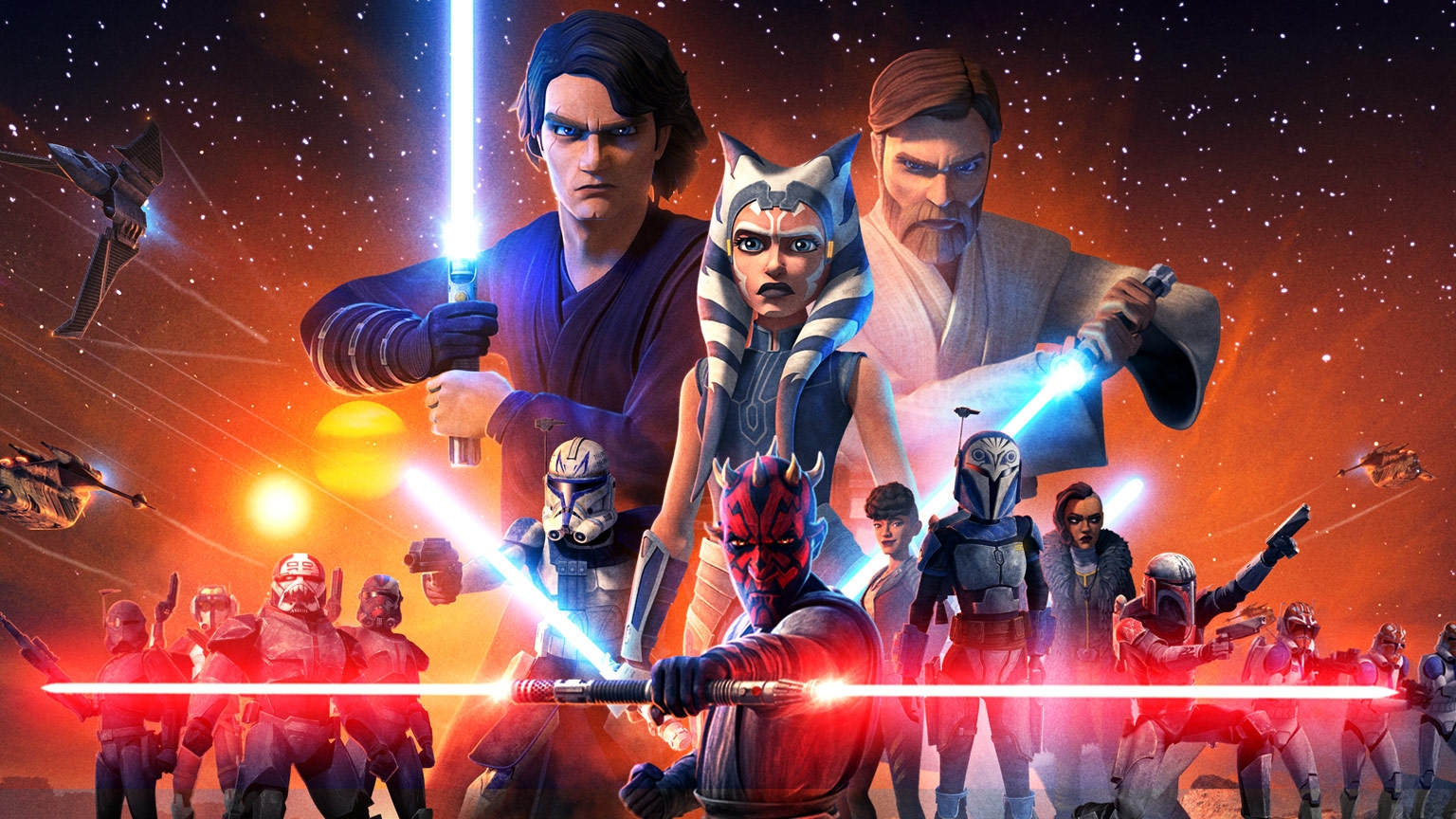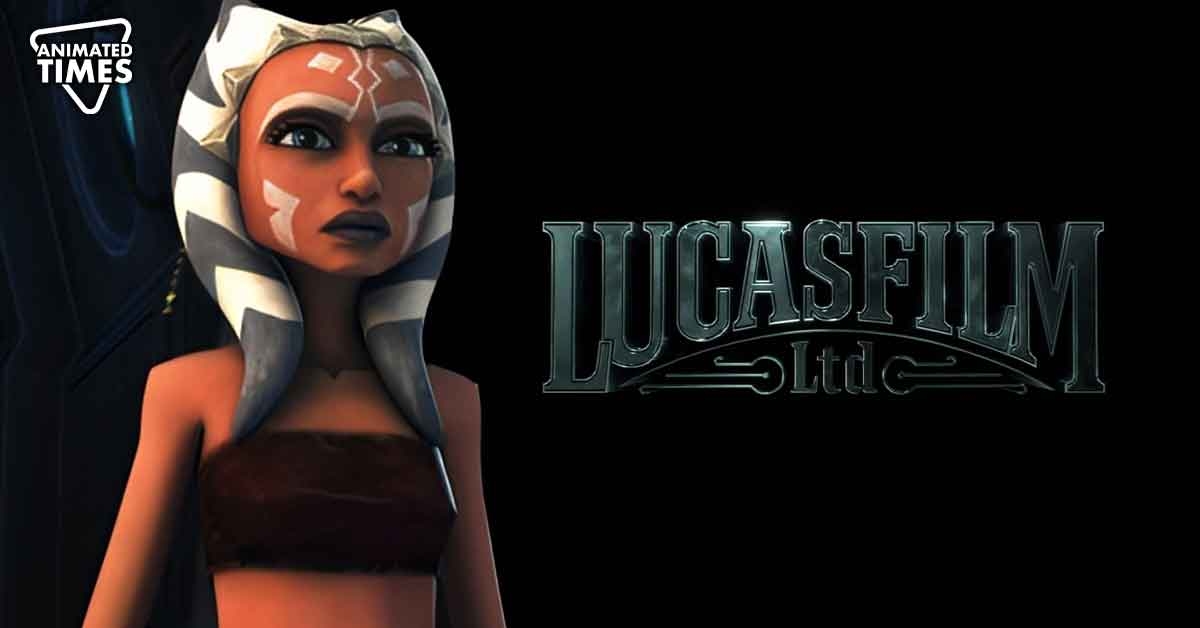Lucasfilm Fired More Than 300 Singapore VFX Artists Who Made Millions of Dollars For Them With Star Wars: The Clone Wars
Lucasfilm Limited, known for its groundbreaking work in the film industry, has firmed up its everlasting and astounding creations in the domains of science and fantasy. Founded by George Lucas in 1971, Lucasfilm marked a significant milestone by being the creators of the epic Galactic franchise, Star Wars. With the path-breaking success of Star Wars, Lucasfilm extended its cooperation to Industrial Light & Magic (ILM).
Lucasfilm’s special effects division, introduced in 1975, played a crucial role in revolutionizing the visual effects seen in the Star Wars Universe. But now, after an extensive history of incredible illustrative journey, the ILM is closing its doors and departing for the Star Wars universe.
Lucasfilm shuts its ILM Singapore amid economic disputes
Lucasfilm is shutting down one of the vital ILM studios in Singapore after nearly two decades in the country. The studio’s animation and VFX firm closed down its operation on the day of the 15th anniversary of Star Wars: The Clone Wars theatrical release. Disney and Lucasfilm announced their closures due to various economic factors affecting the industry.

Founded in 2003, Lucasfilm Singapore provided its animation service to Star Wars movies, especially the animated series and movie Star Wars: The Clone Wars. In 2013, the studio moved to a high-tech building called the Sandcrawler, designed to resemble a vehicle from Star Wars.
In February of this year, Disney announced it would eliminate 7,000 jobs from its global workforce to cut $5.5 billion in costs. Disney explained that the decision is driven by the economic challenges the company is facing. Because of this layoff, around 300 employees are going to lose their jobs.
Lucasfilm ILM assures employees with support and opportunities

However, the company has assured the employees that they will find another job with other companies. The ILM informed the employees that they would be consulting with multiple employee development agencies to host a fair for companies looking to fill vacancies with skilled and talented employees. The ILM explained,
“We would like to thank the Singapore government, industry, and community for their partnership over the past 17 years. We have been able to train and employ a generation of production talent, visual effects artists, and animators. We are very proud of the incredible work the team in Singapore has accomplished and look forward to providing new opportunities for Singaporean talent to continue the innovative work they are doing”.
In a separate statement, the EDB and IMDA added:
“The technical and creative skillsets of these employees, who are trained across roles such as designers, tech engineers, and tech support staff, continue to be in high demand, both within the broader media industry and also in other industries that are going digital”.
The Economic Development Board and the Info COMM Media Development Authority of Singapore expressed optimism about the trained and skilled employees of the studio and acknowledged ILM’s contributions to the growth and development of the Singapore digital economy.
The Star Wars: The Clone Wars animated movie was a unique attempt by the franchise to delve into the events of the Clone Wars era. However, the creator, George Lucas, wanted to bring it to a wide audience by transforming the cinematic experience by creating Star Wars: The Clone Wars Movie in 2008.

The animated film, directed by Dave Filoni Star Wars: The Clone Wars provided an introduction to the animated series, which was partially set between the episodes of Episode II: Attack of the Clones and Episode III: Revenge of the Sith. Clone Wars is regarded as the first animated Star Wars film to get a theatrical release.
The Star Wars: The Clone Wars TV series that aired from 2008 to 2013 further explored the events of the Clone Wars era. It delved into various characters within the arc, including Ahsoka Tano, Anakin Skywalker’s erstwhile padawan, which was further expanded on in the recent Disney’s Ahsoka series. Since the story was well received by the audience, Lucasfilm was able to solidify its overseas status, and the Singapore studio was hired to work on major Hollywood projects and finished short of significant production in the industry.
Source: GIZMODO





